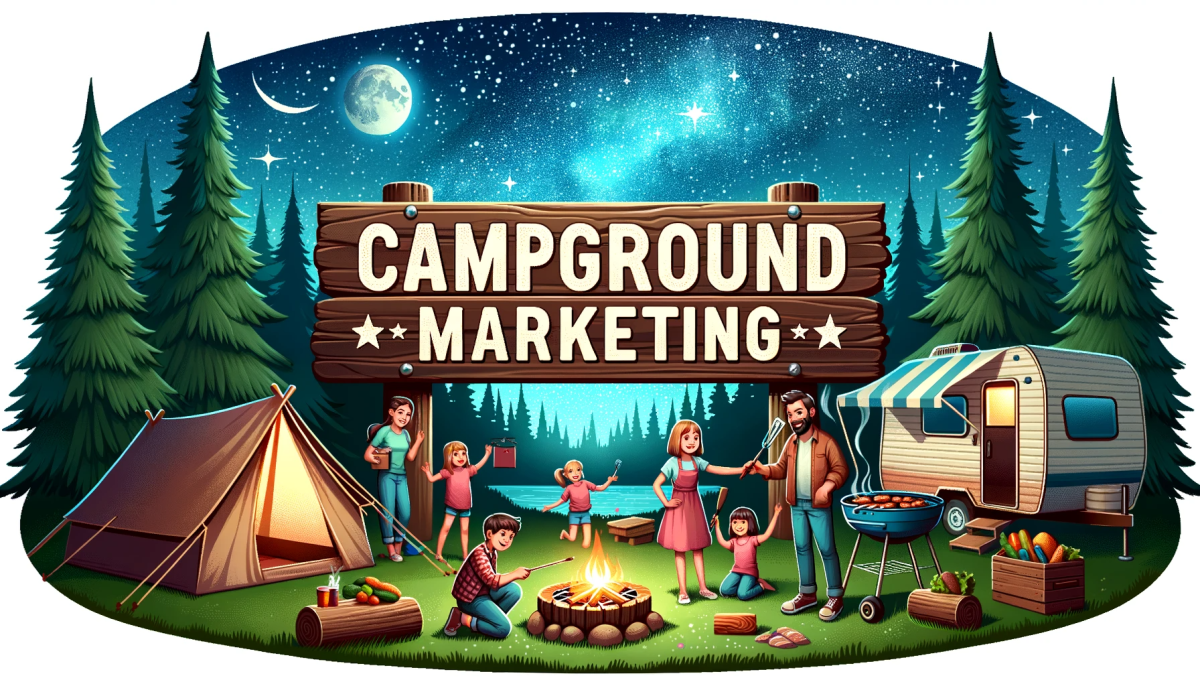Public Relations Case Study: Amazon Shuts Free Speech Door
Analyze Amazon’s actions and the issue of free speech. Critique potential limitations to free speech based upon pornography.
Consider the following questions as you construct your initial post:
- Should all speech be “free”?
- Where does free speech end?
- Where would you “draw the line” with regard to potentially sensitive or illicit material?
- Do you agree with Amazon’s first decision to refrain from censorship? Why or why not?
- Do you agree with Amazon’s second decision to reserve the right to determine appropriateness?
- Why or why not?
- The initial response to the book was offered by an Amazon representative, instead of Amazon’s CEO. In what ways would a statement by the CEO have offered a stronger response? How would you have responded to this PR scenario?
Elaborate on and fully support your positions.
In the winter of 2010 Amazon publicly defended the sale of a self-published electronic guide to pedophilia (Seitel, 2013, p.142). The book was written by Philip Greaves and was called The Pedophile’s Guide to Love and Pleasure. Amazon initially refused to pull the book because, according to Amazon, that would amount to censorship. CEO Jeff Bezos was off the radar when the publicity for the book emerged, however an amazon representative stated that:
Amazon believes it is censorship not to sell certain books simply because we or others believe their message is objectionable. Amazon does not support or promote hatred or criminal acts, however, we do support the right of every individual to make their own purchasing decisions.
— Seitel, 2013, p.142The book remained for sale on Amazon until Philip Greaves attempted to defend his book. Philip Greaves released a statement saying that the goal of his book was to appeal to the better nature of pedosexuals with hope that they could get lighter sentences should they ever be caught (Seitel, 2013, p.142). Soon after Philip Greaves released this statement the book and all his other works were pulled from Amazon. Amazon’s only statement on their change of action was to say that Amazon “reserves the right to determine the appropriateness” (Seitel, 2013, p.143). A month after the book was pulled from Amazon, Philip Greaves was arrested for violating his home state’s obscenity law.
I strongly disagree with Amazon’s decision to ever allow this book to be sold on their site. I believe they never should have defended their decision to sell the book and instead should have simply removed the book from their site using their right to determine the appropriateness of any material on their site. Next Amazon should have issued an apology to the public for their oversite in allowing the book to be sold at all and promise the public that they would put stricter screening methods in place to help prevent this sort of material from appearing on their site in the future. I understand that the removal of the book could be seen as censorship, but I believe that in this case The Pedophile’s Guide to Love and Pleasure deserved to be censored. Amazon has the right to determine appropriateness of material on their site and they should have exercised that right.
If I was in charge of the PR situation surrounding this book, I would have advised the CEO to offer a stronger response to the public as his silence could be seen as his consent towards this book. By allowing an Amazon representative to speak for him the message being sent to the public was much weaker. If the CEO had spoken instead of a representative, then the public would have seen a more united Amazon. Once the decision was made to remove the book I would have advised the CEO to make a statement that amounted to more than just stating Amazon’s policy. I would have advised a general apology directed to the public stating that the company was sorry for any emotional distress caused by the incident. I would have also advised that the company work towards getting some good PR by donating money to a child victim’s charity.
It is my feeling that in regards to potentially sensitive or illicit material, the line should be drawn at material that leads people to harm other people. For instance, a book written by a psychologist on the nature of pedophilia would not need to be removed because it would be of an intellectual nature and not a guide on how to be a pedophile. The Pedophile’s Guide to Love and Pleasure is as it says a guide to pedophilia; this kind of book should be removed because it is of an illicit nature and it could lead to the direct harm of another person. While everyone does have the freedom of speech, they do not have the freedom to hurt other people.
All people should have the right to freedom of speech; however there also should be a point where the freedom of speech ends. The First Amendment to the Constitution states:
Congress shall make no law respecting an establishment of religion, or prohibiting the free exercise thereof; or abridging the freedom of speech, or of the press; or the right of the people peaceably to assemble, and to petition the government for a redress of grievances.
— First Amendment RightsNowhere in the First Amendment does it state that organizations and companies have to sell or make available everything that the public writes. In this case Amazon could have easily removed the book or refused to sell it without violating anyone’s right to freedom of speech. The United States decided that there is an end to freedom of speech in the Schenck v. the United States case from World War I (First Amendment Rights, n.d.). The Schenck v. the United States case occurred when Charles Schenck was arrested for giving out leaflets to army draftees that encouraged them to ignore their draft (First Amendment Rights, n.d.). The Schenck v. the United States case established the principle that freedom of speech would not be protected if the person was a "clear and present danger" to the United States. This case applies to the Amazon PR situation as it demonstrates that while everyone has the right to the freedom of speech there is a point where that freedom ends.
References
First Amendment Rights. (n.d.). Retrieved July 28, 2015, from
http://www.ushistory.org/gov/10b.asp
Seitel, F. (2013). The History and Growth of Public Relations. In The Practice of Public
Relations(12th ed.). Harlow: Prentice Hall.








